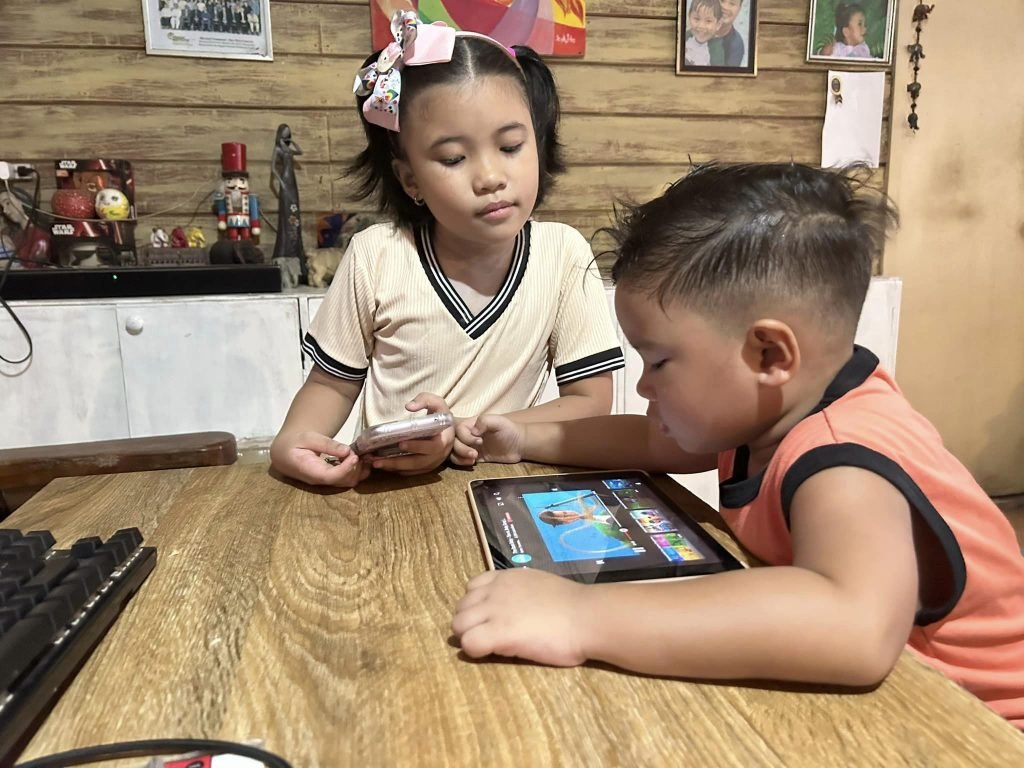Nurturing Courtesy and Respect Among Children
Nurturing Courtesy and Respect Among Children: A Parent’s Journey
As parents, one of our greatest responsibilities is to cultivate the values of courtesy and respect in our children. It is through daily reminders and intentional teachings that we can instill these qualities, shaping them into compassionate individuals. In this blog post, I want to share our family’s approach to nurturing courtesy and respect among children, fostering an environment where these values flourish.

CREATIVE WAYS OF NURTURING COURTESY AND RESPECT AMONG CHILDREN
Leading by Example:
A powerful way to nurture courtesy and respect is by embodying these traits ourselves. Our children, like sponges, absorb our behaviors and attitudes. When they witness us practicing kindness, empathy, and politeness in our interactions with others, it sets a positive example for them to follow.
Teaching Greetings:
In our household, we start each day by exchanging cheerful greetings, fostering a sense of connection and mutual respect. As parents, we guide our children in saying “good morning” to family members, helping them understand the significance of acknowledging and appreciating each other.
Extending Kindness:
Encouraging children to extend kindness and respect to others is crucial. Whether it’s welcoming guests with warm greetings, sharing toys, or offering a helping hand, these acts foster a culture of respect and consideration. By nurturing these behaviors, we cultivate a community where everyone feels valued.

Nurturing Courtesy and Respect Among Children
Active Listening:
Listening is a fundamental aspect of respect. Teaching our children to be active listeners, maintain eye contact, and to show genuine interest in others’ words allows them to understand different perspectives and feelings. By doing so, we promote empathy and open communication.
Fostering Empathy and Compassion:
At the heart of courtesy and respect lies empathy and compassion. We encourage our children to consider how their actions affect others, to step into someone else’s shoes, and to respond with kindness. By nurturing empathy, we lay the foundation for building strong, respectful relationships.
Setting Expectations:
Clear expectations help children understand the importance of courtesy and respect. We establish guidelines for using polite language, resolving conflicts peacefully, and treating others with kindness. Consistency in reinforcing these expectations enables children to internalize these values.

Nurturing Courtesy and Respect Among Children
Reinforcing Positive Behavior:
Recognizing and celebrating acts of courtesy and respect reinforces their importance. When our children say “please” and “thank you,” show empathy or display good manners, we acknowledge their efforts. This positive reinforcement strengthens their understanding of the value of their actions.
Creating Opportunities for Learning:
To further nurture courtesy and respect, we provide our children with opportunities to learn and grow. We engage them in activities that promote empathy, cultural understanding, and appreciation for diversity. By exposing them to different cultures, traditions, and experiences, we broaden their perspectives and teach them to value and respect the uniqueness of others.
Encouraging Open Communication:
Open and honest communication is vital in cultivating courtesy and respect. We create a safe space where our children can freely express their thoughts and feelings. By actively listening to them without judgment and validating their emotions, we teach them the importance of empathy and understanding.

Nurturing Courtesy and Respect Among Children
Teaching Conflict Resolution:
Conflicts are inevitable, even among children. We guide Abby and Ynzo in resolving conflicts peacefully and respectfully. We encourage them to express their needs and feelings assertively, while also teaching them to listen to others’ perspectives. By modeling and practicing effective conflict resolution strategies, we equip them with lifelong skills for maintaining healthy relationships.
Promoting Self-Reflection:
Self-reflection is an essential aspect of developing courtesy and respect. We encourage Abby and Ynzo to reflect on their actions and their impact on others. By helping them recognize and take responsibility for their behaviors, we foster self-awareness and growth. This self-reflection allows them to make conscious choices aligned with kindness and respect.
Creating a Supportive Community:
In our family, we emphasize the importance of building a supportive community. We engage in activities that promote collaboration, teamwork, and collective problem-solving. By involving our children in community service projects and encouraging them to contribute positively to their surroundings, they develop a sense of responsibility and become active participants in creating a more courteous and respectful society.

Conclusion:
Nurturing courtesy and respect in our children requires continuous effort and dedication. By implementing daily reminders, leading by example, teaching greetings, encouraging kindness and active listening, fostering empathy, setting clear expectations, reinforcing positive behavior, creating learning opportunities, promoting open communication, teaching conflict resolution, and building a supportive community, we lay a strong foundation for our children’s social and emotional development.
As parents, we have the power to shape our children’s character and values. Let us embrace this role and guide them on their journey of becoming courteous and respectful individuals. Together, let us create a world where empathy, kindness, and respect are deeply ingrained in our children’s hearts.

Nurturing Courtesy and Respect Among Children
References:
- Eisenberg N, Cumberland A, Spinrad TL, Fabes RA, Shepard SA, Reiser M, Murphy BC, Losoya SH, Guthrie IK. The relations of regulation and emotionality to children’s externalizing and internalizing problem behavior. Child Dev. 2001 Jul-Aug;72(4):1112-34. doi: 10.1111/1467-8624.00337. PMID: 11480937.
- Jones, S. M., & Bouffard, S. M. (2012). Social and emotional learning in schools: From programs to strategies. Social Policy Report, 26(4), 1-29.
- Lerner, R. M., Lerner, J. V., & Benson, P. L. (2013). Positive youth development: Research and applications for promoting thriving in adolescence. In Advances in Child Development and Behavior (Vol. 44, pp. 1-17). Elsevier.
More Stories
- Peanut Butter Health Benefits for Kids
- Fiber-Rich Foods for Kids
- GENERATION ALPHA | The COVID–19 Aftermath
- Health Benefits of Strawberries | Fragaria ananassa For the Growing Kids
- Vitamin A Rich Foods for Kids ( Retinol ): Ultimate Food Sources
- Health Benefits of Mango Fruit for Kids | Mangifera indica
- Introducing Filipino Food Culture to the New Generation with Quan’s Filipino Kakanin
- Newborn Baby Care The Beginning of Parenthood
- Healthy Holiday Foods for Kids
- Healthy Snacks for Kids
- Intestinal Parasites [ Worms in Kids ] | Prevention Tips
- Kid’s Talents | How to Spot and Enhance
- Healthy Sleep Habits for Your Kids




Recent Comments